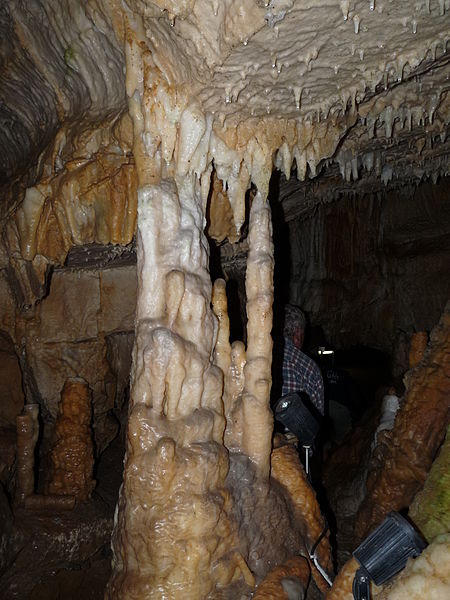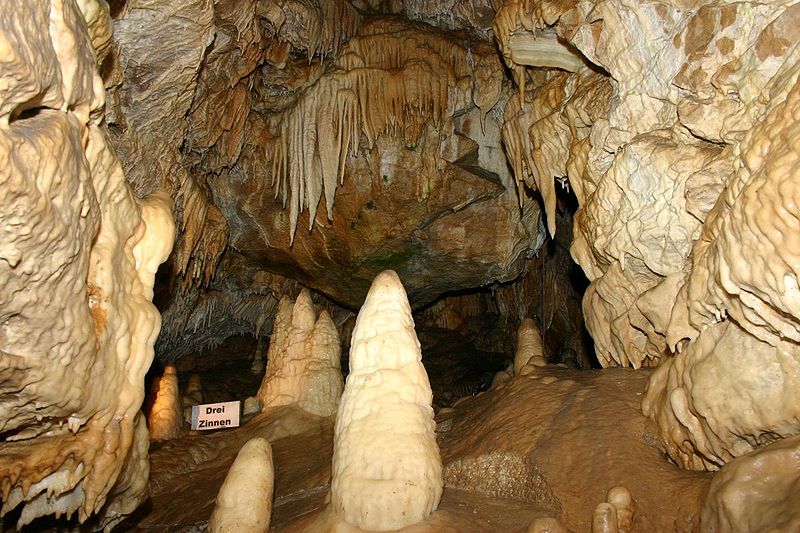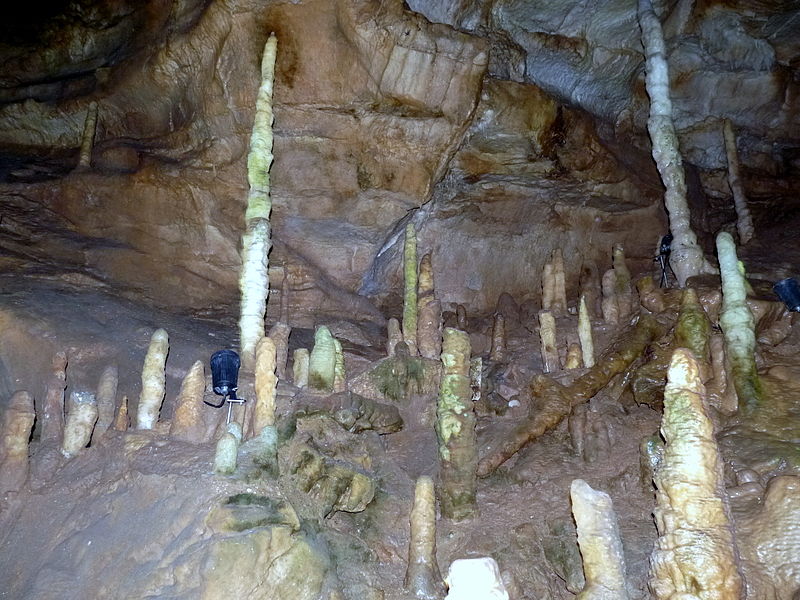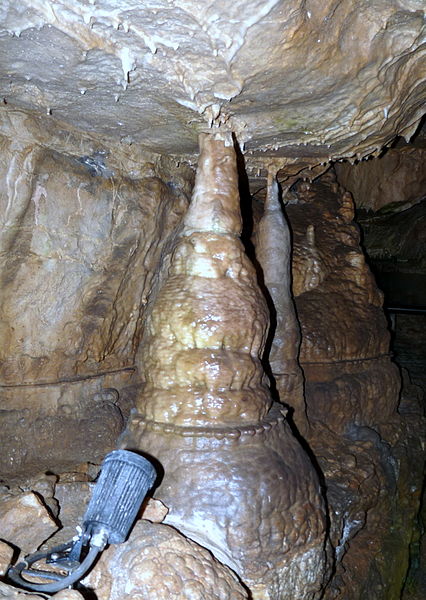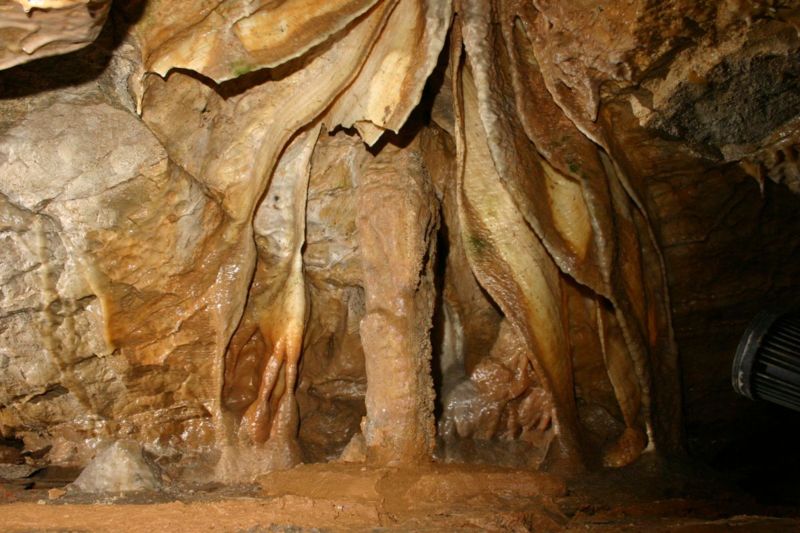Binghöhle
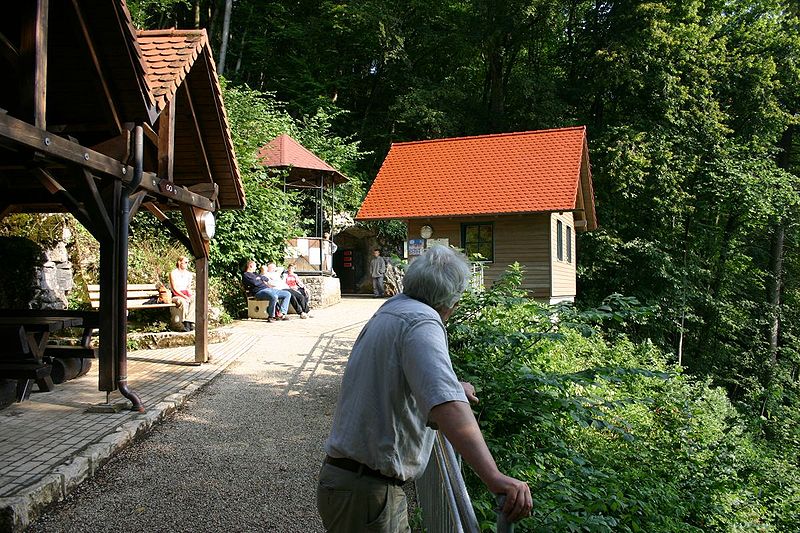
Facts and practical information
Nestled in the serene landscape of the Franconian Switzerland in Bavaria, Germany, lies the Binghöhle, a captivating cave system that invites exploration and wonder. This subterranean marvel, discovered in 1905, is a hidden gem for spelunkers and tourists alike. The Binghöhle is renowned for its extensive array of stalactites and stalagmites, which have been meticulously sculpted by nature over thousands of years.
Venturing into the heart of the Binghöhle, visitors are greeted by an otherworldly atmosphere. The cave's intricate chambers and narrow passages reveal an array of mineral formations, from delicate crystal curtains to imposing stone columns. The interplay of light and shadow enhances the mystical allure of the underground landscape, creating a memorable experience for all who traverse its depths.
The Binghöhle is not only a natural wonder but also a site of scientific interest. Geologists and paleontologists have studied its formations and sediment layers to unravel the region's geological history. Moreover, the constant temperature and humidity within the cave provide a stable environment that has preserved ancient fossils, offering valuable insights into past ecosystems.
Binghöhle – popular in the area (distance from the attraction)
Nearby attractions include: Neideck Castle, Streitburg Castle, Familienschwimmbad Streitberg, Schloss Unterleinleiter.


